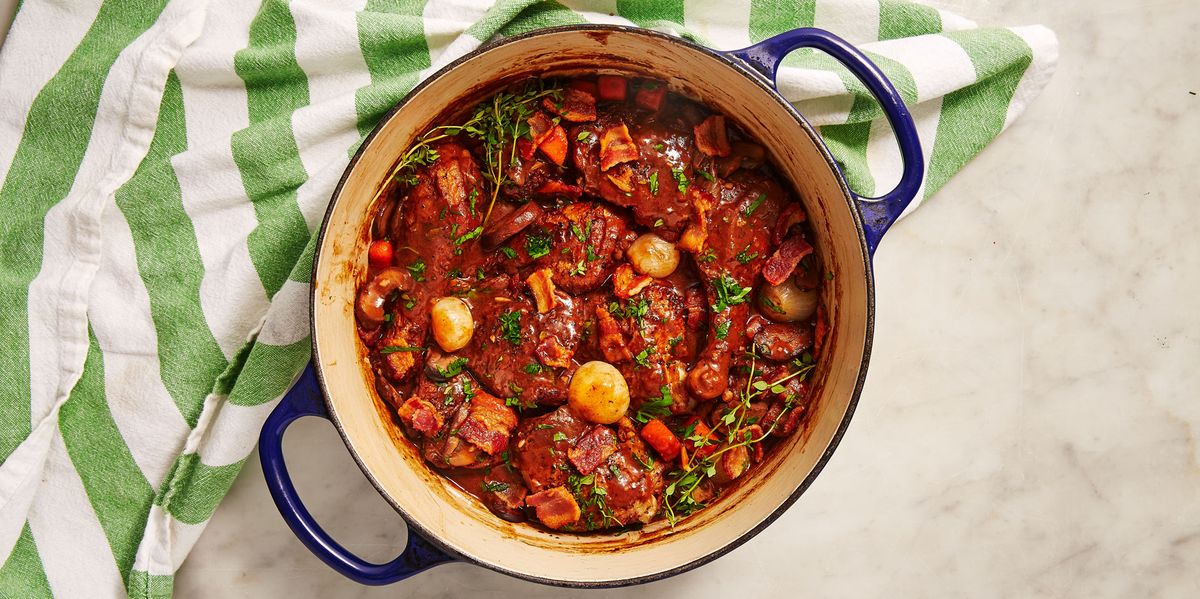Introduction: Foie Gras in French Cuisine
Foie gras is a French culinary delicacy made from the liver of a duck or goose that has been specially fattened. It is one of the most celebrated and iconic dishes in French cuisine, with a history that dates back to ancient Egypt. The dish is known for its rich, buttery texture and unique flavor, which has made it a favorite of gourmands around the world.
Defining Foie Gras: History and Preparation
Foie gras literally translates to “fat liver” in French. The dish is made by force-feeding ducks or geese a high-calorie diet, which causes their livers to enlarge to up to ten times their natural size. The livers are then harvested and cooked, producing a rich, buttery pâté that is typically served with toast or crackers.
The history of foie gras dates back to ancient Egypt, where it was considered a delicacy and was often served to royalty. It was later introduced to Europe by the Romans, and the dish became especially popular in France during the Middle Ages. Today, France is still the world’s leading producer of foie gras, and the dish is widely celebrated as a symbol of French cuisine.
Controversies Surrounding Foie Gras Production
Despite its popularity, the production of foie gras has been the subject of controversy for many years. Animal rights activists argue that the force-feeding process is cruel and inhumane, and have called for a ban on the practice. Some countries, including the UK and Germany, have already banned the production of foie gras.
In response to these concerns, some producers have developed alternative methods of producing foie gras that do not involve force-feeding. These methods include free-range feeding and natural fattening, which allow the birds to consume more food at their own pace. However, these methods are still relatively rare, and traditional force-feeding remains the most common method of producing foie gras.
The Significance of Foie Gras in French Culture
Foie gras is deeply ingrained in French culture, with a history that spans centuries. The dish is often served at special occasions, such as weddings and Christmas celebrations, and is considered a symbol of luxury and indulgence. It is also an important part of the French culinary tradition, and is often used in recipes for other classic French dishes, such as pâtés and terrines.
Despite the controversies surrounding its production, foie gras remains a beloved and iconic dish in France, and is an important part of the country’s culinary heritage.
Foie Gras as a Culinary Delicacy
Foie gras is a highly prized culinary delicacy, known for its rich, buttery flavor and velvety texture. It is typically served on toast or crackers, sometimes with a sweet or savory garnish. Foie gras can also be used as an ingredient in other dishes, such as sauces, soups, and terrines.
In addition to its flavor, foie gras is also prized for its rarity and exclusivity. The dish is expensive and often reserved for special occasions, such as fine dining experiences or gourmet gift baskets.
Conclusion: The Future of Foie Gras Production
The production of foie gras has been the subject of controversy for many years, and the debate over its ethics is likely to continue. However, the dish remains an important part of French culture and cuisine, and is likely to remain popular among food lovers around the world.
As concerns over animal welfare continue to grow, it is possible that alternative methods of producing foie gras will become more widespread. However, the traditional method of force-feeding remains deeply ingrained in the French culinary tradition, and is likely to continue to be an important part of the industry for the foreseeable future.

